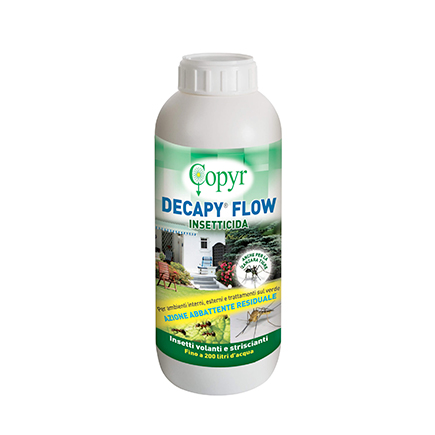
H.A.C.C.P. monitoring is a mandatory requirement for companies that operate in the production, handling and storage of food. Gallura Disinfestazioni provides customized H.A.C.C.P. monitoring services to ensure food safety and regulatory compliance for catering facilities and food companies.
In addition to the storage, sterilization, cooking and treatment of food, one of the most important factors to monitor to comply with standards is pest control. Among the most common pests are mice, rats, cockroaches, roaches, winged insects and other parasites, which can also enter environments through contaminated packaging.
As regards the monitoring of pest species, it is necessary to rely on competent and specialized personnel: thanks to its professionalism and decades of experience, Gallura Disinfestazioni is able to support in the best way all the companies that produce or supply food and drinks.
After careful monitoring, aimed at identifying the presence of infestations, we will intervene with targeted environmental remediation actions and carry out periodic checks. In particular, the elimination of the infestation occurs through the use of systems such as mechanical traps, glue traps, UV lamps with glue plates, virtual baits or placebo.
H.A.C.C.P. stands for “Hazard Analysis and Critical Control Points”.
It is a series of procedures based on prevention and self-control, which aims to protect the health of consumers, evaluate risks and dangers and prevent the occurrence of health problems through stringent control measures. H.A.C.C.P. is based on seven fundamental principles to prevent food contamination.
Through the application of these principles, Gallura Disinfestazioni is able to guarantee maximum food safety in your business.
To ensure compliance with specific food safety standards, it is essential to follow the mandatory rules in this area, such as Legislative Decree 155/1997 and Legislative Decree 193/2007; while among the voluntary rules, no less important, we find BRC, IFS, ISO, and FSSC.
By relying on Gallura Disinfestazioni you will be able to better understand the rules and you will be able to apply the necessary measures effectively. Our team of experts will identify the critical control points, implement the HACCP procedures and regularly monitor the situation to ensure compliance with the mandatory and voluntary rules.
The Local Health Authority (ASL) carries out regular checks to verify the compliance of companies with food safety regulations. It is important that companies are prepared for these checks and follow the instructions provided to avoid sanctions.
Through our HACCP monitoring, we will help you ensure correct regulatory compliance, assist you in ASL visits and provide you with the necessary documentation to demonstrate compliance with food safety requirements.
With our customized services, you can follow the HACCP principles, comply with mandatory standards and adopt voluntary standards to demonstrate your commitment to food safety.
Contact us today to discuss your needs and get a tailor-made solution for your business.
Choose the HACCP monitoring service that best suits you, solve the problem once and for all and enjoy your green spaces.
Trust our experience: contact Gallura Disinfestazioni immediately by calling +39 0789 57735, or send an email to [email protected] or by filling out the form for a free quote.
How much it cost?
The HACCP method allows the identification and monitoring of key points that may result in a decrease of the standard of sanitation of the finished product.
Yes, the HACCP system is a tool aimed at helping food sector operators achieve a higher level of food safety.
Il Sistema HACCP è stato introdotto in Europa nel 1993 con la Direttiva CEE N. 43 poi recepita in Italia nel 1997 con decreto legislativo n. 155 che ha reso obbligatoria l'applicazione del protocollo H.A.C.C.P per tutti gli operatori del settore alimentare nell'ambito della sicurezza sul lavoro.

Concentrated insecticide 1 lt bottles - PMC - Reg. N. 18600
128.1 €
Buy now Go to the shop